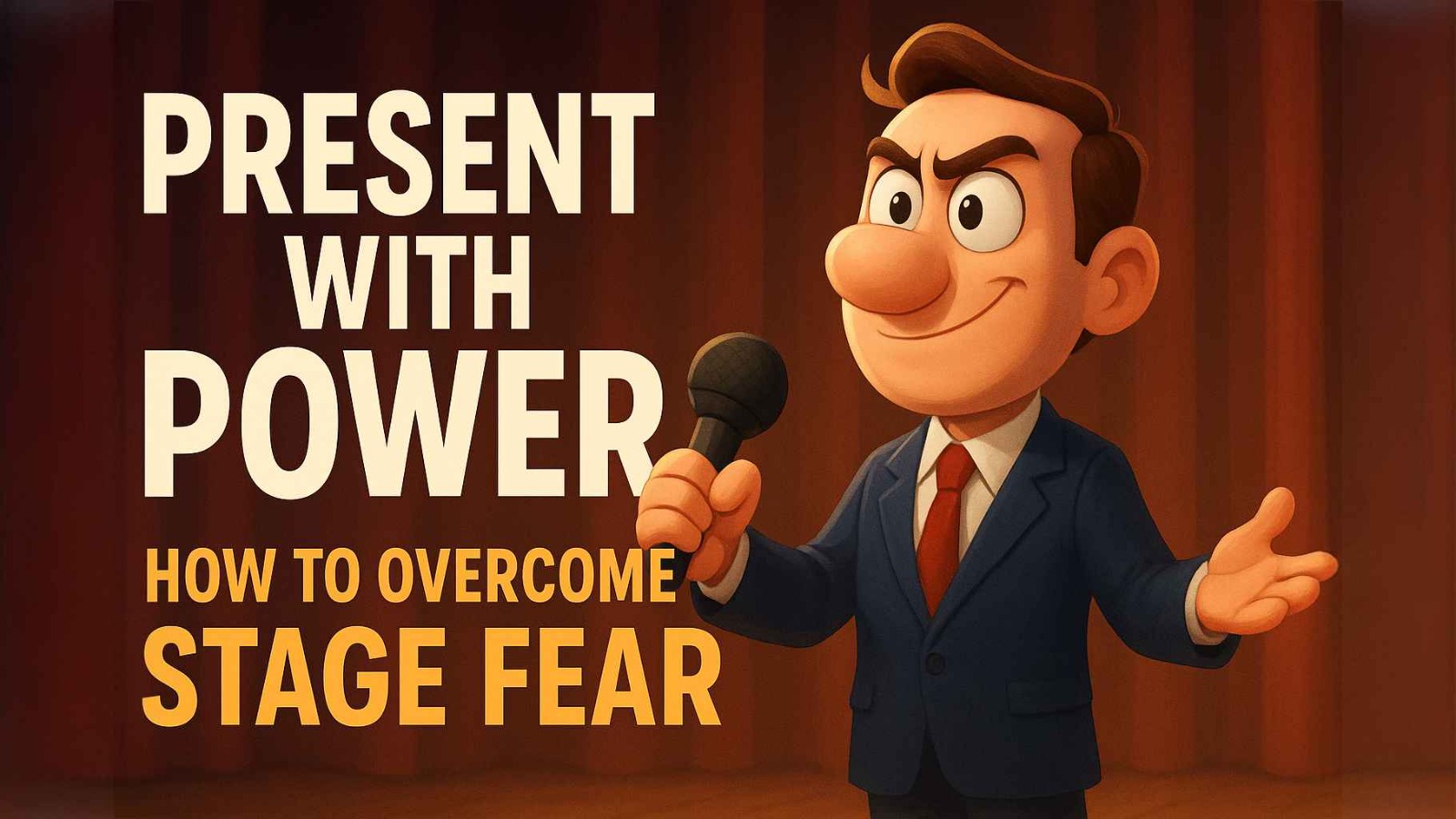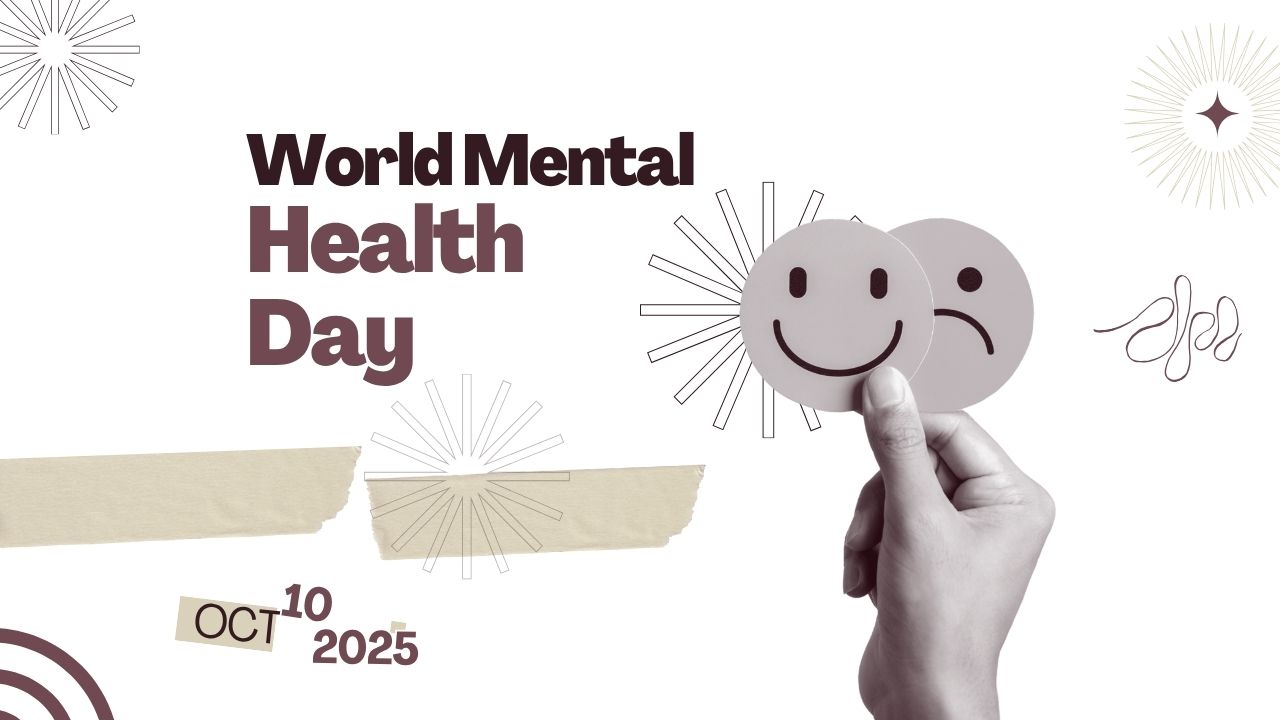Loading advertisement...
23-04-2025

While you’re preparing to speak, it’s easy to fall into some common mental traps that intensify stage fear. Let's break them down and discuss how to avoid them.
Many speakers fall into the trap of wanting everything to go perfectly. You may feel that a slight mistake will ruin your entire presentation. But the truth is, perfection doesn't exist, and audiences are forgiving. What they value more than perfection is your ability to communicate effectively and genuinely.
How to Overcome It: Instead of focusing on perfection, aim for excellence. Focus on connecting with your audience, delivering your message clearly, and showing your passion for the topic. Let go of the need to be perfect and embrace being authentic.
It’s tempting to compare yourself to other speakers, especially those who seem naturally confident or polished. However, comparing yourself to others can make you feel inadequate and heighten your fear.
How to Overcome It: Remember that everyone has their own journey. Instead of comparing, focus on your own growth. Celebrate your unique style and learn from others, but don't let it diminish your self-confidence.
“What if they don’t like me?” “What if I forget everything?” These “what-if” thoughts can spiral into excessive anxiety, making you doubt your abilities.
How to Overcome It: Flip the script and focus on what you can control. Remind yourself of your preparation, your purpose for speaking, and the value you're offering. Replace “What if something goes wrong?” with “What if I make a positive impact?”
Your body language speaks volumes before you even say a word. How you carry yourself on stage can either amplify your confidence or exacerbate your fear. By being mindful of your posture and gestures, you can project an air of confidence, even if you're nervous inside.
Standing with your feet shoulder-width apart, and not slouching, immediately boosts your confidence. This stance also makes you appear more authoritative and confident to the audience.
Tip: Imagine there’s a string attached to the top of your head, pulling you gently upwards. This will help you maintain a natural, tall posture.
Natural hand gestures can help emphasize key points and keep the audience engaged. For example, when explaining an idea, use your hands to show size or movement. Gestures create a dynamic atmosphere and give energy to your presentation.
Tip: Be mindful of nervous gestures like fiddling with a pen or pacing back and forth. Redirect that energy into purposeful hand movements.
Smiling makes you appear more approachable and confident. It can also relax you and make you feel more at ease. Making eye contact with the audience helps establish a connection and makes you seem more engaged with them.
Tip: Focus on friendly faces in the crowd and hold eye contact for a couple of seconds. This establishes a positive rapport and can help reduce nervousness.
Many speakers rush to fill every moment with words, afraid of silence. However, pauses are a powerful tool that can be used to your advantage.
Pausing after key points or questions allows the audience to absorb what you’ve said. It also gives you time to breathe and compose your thoughts.
Tip: Try using a dramatic pause right before making an important point. This not only heightens the suspense but also draws the audience’s attention.
If you find yourself flustered, don't be afraid to pause for a few seconds. This gives you a moment to gather your thoughts without rushing into the next part of your speech.
Tip: In those rare moments of confusion, take a deep breath, and remember that it's okay to take a moment of silence to regain your composure.
It’s normal to feel some level of nervousness before going on stage, and often, that nervous energy can be used to fuel your performance. Here’s how to turn those anxious feelings into productive energy.
Nervousness and excitement are both driven by adrenaline, so why not shift your perception? Instead of viewing your nerves as a hindrance, think of them as a sign of enthusiasm. When you feel the butterflies in your stomach, tell yourself that it’s your body preparing for a dynamic performance.
Tip: Try to smile or laugh about your nervousness before starting. This lightens the mood and can help you settle into your presentation with a positive mindset.
Engage in physical activity before you present. A quick walk or a few stretches will help release any tension and make you feel more energized when you hit the stage.
Tip: If possible, move around the stage a little before you begin, to shake off any nervousness and get into your rhythm.
Not every presentation will go perfectly, and sometimes things will go wrong. How you handle these moments can make a big difference in your overall performance and how confident you feel.
When you’re asked a tough question, it’s easy to panic. However, you don’t need to have all the answers right away. If you don’t know something, it’s okay to admit it. The key is to respond with poise.
Tip: Respond with, “That’s a great question. Let me look into that, and I’ll get back to you after the presentation.” This demonstrates honesty and maturity.
It’s common for technology to malfunction—whether it's a projector, a microphone, or a slideshow. If something goes wrong, stay calm. Often, the audience is more understanding than you might think.
Tip: Have a backup plan, like printed notes or visual aids, just in case the tech fails. And, remember, a few seconds of silence while the issue is fixed won’t ruin your presentation.
Stage fear isn’t something you need to eradicate completely. Instead, learn to embrace it as part of your growth as a speaker. Over time, the more you step into the spotlight, the less that fear will control you. Use every experience to build your skills, improve your delivery, and grow more comfortable with being in front of an audience.
Remember, the key to a powerful presentation lies in your mindset, preparation, and the ability to connect with your audience. With practice, you’ll find yourself presenting with greater ease, and eventually, you’ll look forward to every stage opportunity that comes your way.
Embrace the challenge, face the fear, and shine brightly in every presentation you give!
For More Updates,join us and stay connected!

